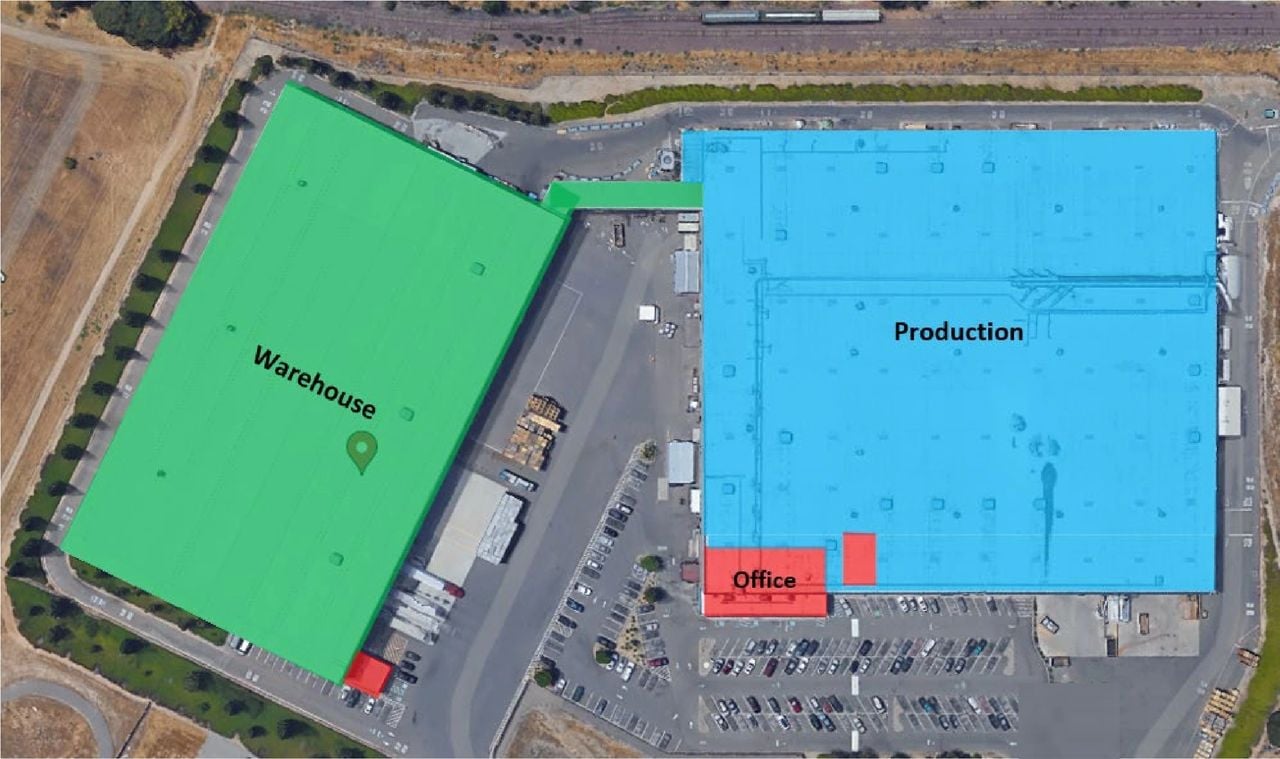
Inside a Wired Site Survey: Key Takeaways for Safe Network Design, California, USA
Seamless connectivity across large industrial spaces begins with the meticulous planning and implementation of a smart network design. This involves a comprehensive approach where reliability, coverage, and scalability are not merely aspirational goals but are intricately woven into every layer of a meticulously engineered infrastructure. A detailed survey conducted at a large-scale Packaging and Manufacturing Company located in California, USA, over a period of five days in late June, provides valuable insights into the best practices for network optimization. This extensive study utilized advanced Cisco Meraki Access Points and encompassed a vast facility that spans over 400,000 square feet. The findings from this survey highlight the indispensable role of strategic network design in ensuring seamless connectivity across a variety of spaces, each with its unique challenges and requirements. By focusing on these critical elements, businesses can achieve a robust and efficient network that supports their operational needs effectively.

Site Map
The Current Landscape: Why Wired Network Optimization is Critical
Wired networks form the backbone of any large-scale operation, particularly in offices, production lines, and warehouses. The site survey highlights several challenges that enterprises face today:
- Aging Infrastructure: Many connections relied on Cat5 cables, below the current industry standards of Cat6 or Cat6A.
- Inadequate Power and Space: Issues like limited rack space and outdated cabinets in IDFs (Intermediate Distribution Frames) are common hurdles.
- Signal Coverage Challenges: The site required extensive fiber upgrades and better placement of Access Points (APs) to handle high data throughput in large spaces.
Key Data Points from the Survey
- Cable Replacement Needs: Multiple Cat5 cables in MDF and similar connections across IDFs require upgrading.
- Fiber Connectivity: Recommendations to install 12-strand Single Mode (SM) fibers at strategic locations.
- AP Deployment: Multiple APs, with Cat6A cable runs, were strategically placed for optimal signal coverage.
Benefits of an Optimized Network
-
Improved Productivity: Reliable networks reduce downtime and support seamless operations.
-
Scalability: Upgrading to Cat6A and SM fibers ensures future-proofing against rising bandwidth demands.
-
Enhanced Security: Updated hardware and standardized cable management minimize vulnerabilities.
Risks of Ignoring the Issues
- Frequent downtime leading to production delays.
- Increased maintenance costs due to outdated equipment.
- Security loopholes from non-compliant hardware.
Step-by-Step Insights: Key Takeaways from the Survey
-
Fiber Upgrades: Installation of 12-strand SM fibers for enhanced speed and reliability.
-
Cable Replacements: Transitioning from Cat5 to Cat6A cables across all major IDFs.
-
Multiple APs deployed across the facility with precise placements based on signal map analysis.
-
Utilized Cisco Meraki for indoor areas and specialized Cisco Meraki for production zones to accommodate specific operational needs.
-
Recommendations to move power outlets inside cabinets.
-
Replaced inadequate racks to support new equipment specifications, ensuring scalability.
-
Addressing the mix of outdated Cat5 patch panels with new ones that support Cat6/Cat6A for seamless operations.
-
Efficient cable management using horizontal and vertical organizers.
AP Placement Map

Tips for Network Engineers: Advanced Solutions
Advanced Advice:
Future-Proof Your Infrastructure: Always plan for higher bandwidth needs. Use fiber optics for critical connections to handle growing data loads.
AP Placement Best Practices:
- Use signal maps to identify dead zones.
- Ensure the right mix of indoor and outdoor APs.
- Employ uniform cabling standards across MDFs and IDFs for easy troubleshooting.
FAQS
1. Why upgrade to Cat6A cables?They offer better performance, reduced interference, and higher data rates (10 Gbps over 100 meters).
2. What is the role of SM fiber in modern networks?
SM fibers ensure faster data transmission over longer distances, crucial for large facilities.
3. How often should network audits be performed?
Annually or after significant hardware or software upgrades.
Conclusion
Please get in touch with the experts at Orion US today.

Image Source: Canva
